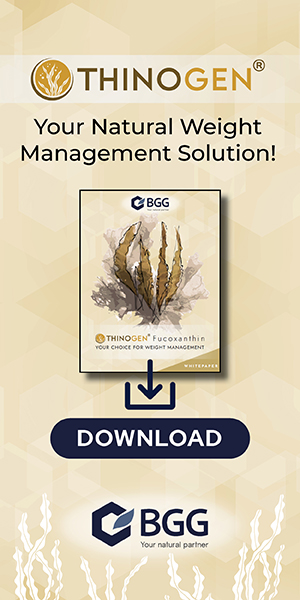Purchasing natural and organic products is a top priority for consumers, according to Acosta Group and its proprietary U.S. Shopper Community. Three quarters of all shoppers surveyed purchased at least one natural or organic product in the six months prior, and 59% of respondents said they believe it's important to have natural and/or organic groceries or household products.
“Our natural and organic shopper study reflects opportunities for brands and retailers to build increased shopper trust, loyalty, and sales,” said Kathy Risch, SVP, Thought Leadership and Shopper Insights, Acosta Group. “Three key learnings include the growing role of natural and organic products for consumers, especially related to health, the value of product placement in the natural channel, and the need for education on the definition and benefits of natural and organic products.”
Health seems to be one of the main drivers of organic and natural shopping trends. Believing natural and/or organic products are “better for them” or “tend to have fewer synthetic chemicals and additives,” motivated 59% of shoppers to purchase these products. The report also predicted that “food as medicine” themes will continue to grow.
“The natural and organic shopper is now considered mainstream,” said Andrew Fleming, SVP, Impact Natural, a division of Acosta sales agency offering expertise in natural and organic brands and retailers. “To drive expanded sales for brands and retailers, we need to highlight the specific health benefits of natural and organic products, paying special attention to Millennials and households with children.”
One targeted audience is young shoppers, including Millennials and Gen Z; 89% of Gen Z and 85% of Millennials shopped for natural and organic products in the past six months.
The Importance of Product Placement
The report detailed the value of prioritizing placement of natural and organic items in natural stores:
- 82% of natural shoppers shoppers believer natural stores provide the best selection
- 71% of natural shoppers believe the quality of products is superior in these stores
- 66% of natural shoppers believe the associates are better suited to assist with questions
This group of shoppers also exhibit more variety in where they shop than traditional shoppers. For example, they are five times more likely to shop at farmers markets and three times more likely to purchase items online. They also scope out a broader range of purchasing channels like mass merchandisers, traditional grocery, and warehouse/club stores.
“Emerging and established brands benefit from natural channel distribution, which elevates brand perception and trust,” said Fleming. “Distribution across other retail channels ensures that all natural and organic shopper needs are met.
Consumer Are Curious
According to the survey, consumers have no more clarity on the differentiation of “natural” and “organic” than when polled in 2022. Many consumers view the terms as synonymous, causing confusion on product benefits and taste perceptions.
Regarding the difference between organic and natural, 40% of all shoppers believe they’re the same or are unsure of the difference. This statistic increased to 50% for conventional shoppers. Likely stemming from this confusion, 18% of conventional shippers are not purchasing natural and organic products because they lack the education on the differences these products offer. Conventional shoppers also don’t have the positive perception of product taste that natural and organic shoppers do.
Price is another factor: 71% of conventional shoppers listed affordability as the top reasons for not purchasing natural and organic.
“This is the time for natural and organic brands and retailers to build direct connections with consumers, informing them of the facts and benefits of the products, dispelling misperceptions, and driving trial and loyalty,” said John Carroll, President, Digital Commerce and Advanced Analytics, Acosta Group. “We know from our studies that transparency is highly important to health-conscious consumers who no longer trust brand marketing messaging they believe is healthwashed. Shoppers are turning to digital tools and online communities to gather product information.”
Regarding the education consumers receive on these products, 52% comes from social media, friends, or family, and 43% from search engines. The majority of consumers are curious to learn more, with 57% seeking more information after finding a new item.
“To educate consumers, we need to develop customized messaging for target audiences, implementing a toolkit of retail media, product detail page (PDP) content management, and instore strategies to create an informative, seamless experience,” said Carroll. “We know that consumers are willing to pay more when they understand the benefits and value of natural and organic products, and they are looking for trusted resources to gain product knowledge.”
Data from this survey was collected from Oct. 18-29, 2024. A total of 1,521 shoppers were polled, who were all members of the proprietary Shopper Community.










